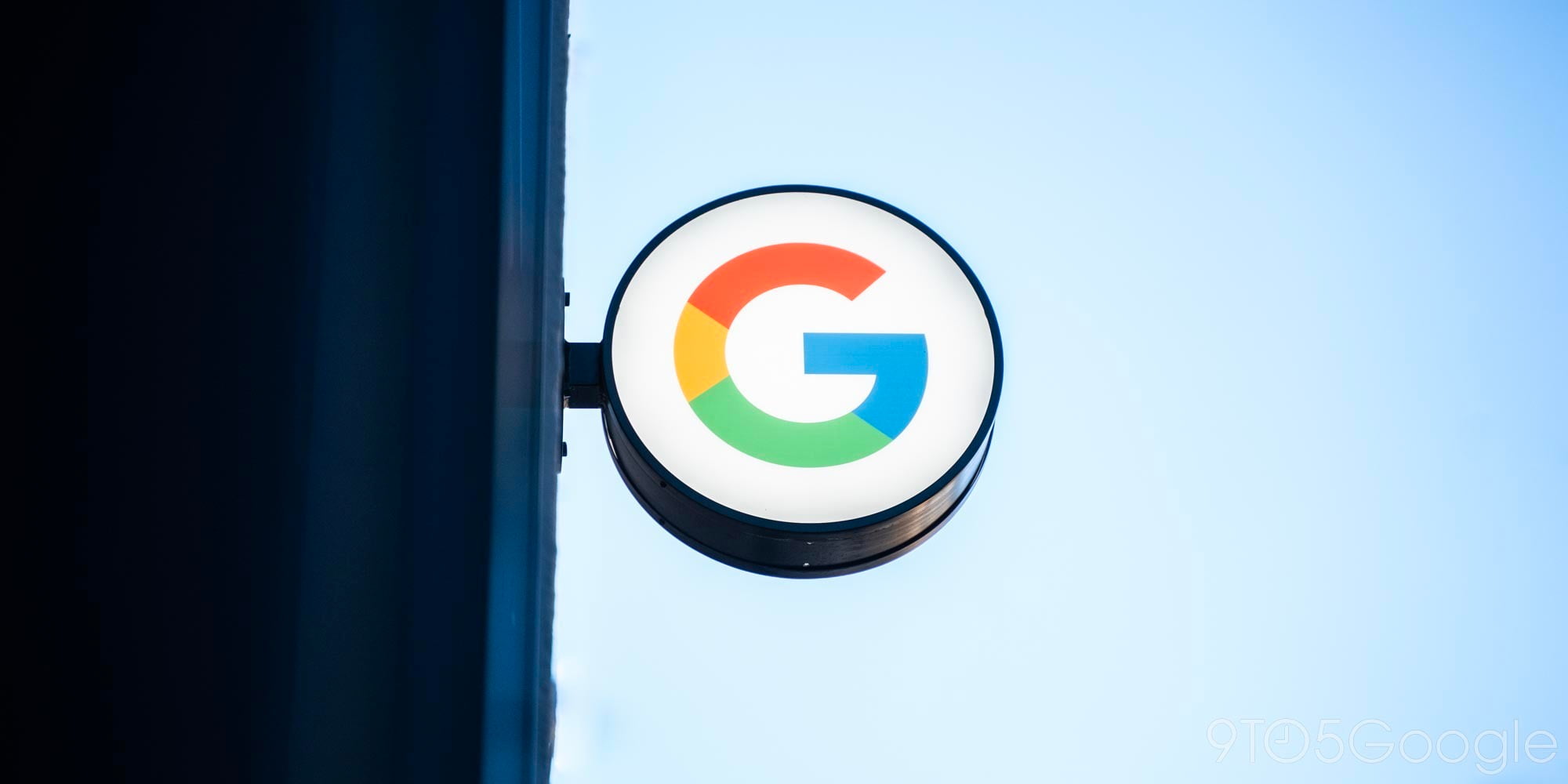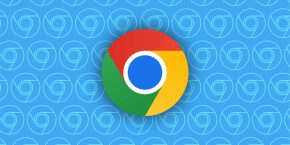

I’m an Apple guy. I have enough Apple hardware around my house to serve as a mini-museum and I use Apple’s software and services every single day. But when Google makes something interesting like Chromecast Audio, I can’t help but want to try out the new toy.
Sold for just $35 (Google Store, Best Buy), Chromecast Audio lets you stream audio over the Internet from services like Spotify and NPR to old speakers. This varies from Apple’s AirPlay in that audio streams directly to the Chromecast Audio rather than from device to device, using your iPhone or iPad only as the remote. In practice, Chromecast Audio is most similar to Sonos, but with Google’s accessory selling at a much lower, irresistible price as it relies on your existing speakers rather than all-in-one units.
So what exactly is Chromecast Audio and what can it do? Read on for details…
|
Key Details:
|
Using the same model as Chromecast for video and Sonos for music, Chromecast Audio is a record-like disc that connects to your Wi-Fi network for streaming content directly over the Internet. You can control what content gets played from supported iOS and Android apps, or “cast” audio from your computer using the Chrome browser.
Included in the box you’ll find the Chromecast Audio hardware, a rather short 3.5mm analog audio cable, a lengthy microUSB to USB cable, and a USB wall adapter. You supply your own Wi-Fi network, iOS/Android/Chrome device, and most importantly your own speaker.
Chromecast Audio works out of the box with speakers that have line-in AUX ports. Chromecast Audio also supports RCA and optical inputs if you have the right cables, but don’t expect these to come in the box. Optionally, you may want to swap the Google-supplied stereo cable for a longer one anyway, depending on your needs, but the lengthy power cable should make the included supplies work for most. Plug one end of the stereo cable into your speaker, the other into Chromecast Audio’s 3.5mm jack, then connect the power cable to the microUSB port and the other end to the USB power adapter, plug it in to the wall, and you’re ready to set it up.
If you’ve ever set up a Chromecast HDMI stick, the process is nearly identical. I set Chromecast Audio up right out of the box using my iPhone. Make sure the latest Chromecast app is downloaded from the App Store and your iPhone is connected to Wi-Fi, then open the app and follow the on-screen steps for adding Chromecast Audio to your network. This process only takes a couple minutes then you’re ready to use your iPhone (or other supported devices) as a remote for streaming audio to your once-dumb-but-now-connected speaker.
Where Chromecast focuses on video content like movies and TV shows from Netflix, Hulu, YouTube, and other popular services, Chromecast Audio aims at music and talk radio apps including Spotify, Pandora, Rdio, NPR One, iHeartRadio, and several more. There’s no Apple Music support (although Google wants Apple to get there and I think they should), but a lot of users will appreciate that Spotify works with Chromecast Audio. I was surprised to learn after buying Chromecast Audio that Spotify requires a premium account to stream to it, however, which is a bit of a setback as I use the service as a backup to Apple Music but don’t actively subscribe.
Still, there are enough free choices for streaming content to Chromecast Audio that not being a Spotify subscriber isn’t a deal breaker. Free radio-style streaming from Pandora, Rdio, and Google Play Music (plus on-demand for subscribers) justifies the $35 cost for turning a standard, old stereo into a useful streaming device. A variety of news and talk radio-type content can be streamed from NPR One, iHeartRadio, TuneIn, and other apps with content from regional radio stations and even CNN and other outlets available for free.
Personally, most of my audio listening comes from Apple Music for streaming and Overcast for listening to podcasts, but Pocketcast users will be happy to know that Chromecast Audio support is baked right in for streaming podcasts over the Internet directly to connected speakers. You won’t be able to play Apple Music or podcasts from Apple’s Podcasts app or Overcast and other unsupported apps without their developers adding Chromecast Audio support, but the current landscape of apps is pretty inclusive for lots of types of streaming audio.
After an hour or so of testing, the only performance issue I ran into happened when I tried using Google Play Music. The app quite impressively recommended a track by The Long Winters based on a YouTube video of a performance I’d watched the week prior, but resisted connecting to Chromecast Audio and only wanted to play music locally from my iPhone. Put in context, this was after testing six or seven other apps for “casting” and without issues plus Apple’s AirPlay typically has similar problems.
The solution meant going back to the Chromecast app — which oddly saw my Chromecast Audio already setup while offering to set up the same Chromecast Audio as new — and rebooting Chromecast Audio through the settings. These bugs seem like the kinds that Google can easily work out through software updates in a short amount of time.
Note, though, that Chromecast Audio does feel warm to the touch after a short period of use, although this didn’t seem to impact playback.
Should no Apple Music support be a deal breaker for iPhone users? First, this is what we know. Apple Music is coming to Sonos and it uses the same model for playback as Chromecast Audio: the content streams directly from the Internet, not your phone. (This means iPhone 6s users can play music and open the Camera app, for example, without interruptions.) But there’s one reason I’m not sure Apple will ever support Chomecast Audio and it’s not Google.
Though Sonos and Chromecast Audio use the same model for streaming audio to speakers over the Internet, Sonos picks services like Spotify and Tidal and eventually Apple Music to include in its own app. Google, on the other hand, lets developers add Chromecast Audio support directly to their own individual apps.
The experience is arguably better since you can just use the apps you already use rather than learning and depending on Sonos for app updates to a single app, but I can’t see Apple adding a Chromecast Audio button to iOS’s built-in Music app (even though it would only appear for Chromecast owners).
There’s one really good counter argument to this thought though: Apple Music for Android. Like Sonos support, we know its in development and supposed to come this year. If Apple wants to compete with Spotify in the streaming music space, treating Chromecast Audio like Sonos makes a lot of sense to me.
As it stands now, Chromecast Audio is an easy, cheap recommendation if you spend any time in the apps it already supports like Spotify, NPR One, and Pocketcast and want to modernize as standard speaker with a line-in, RCA, or optical input. The result is very similar to what Sonos offers through its all-in-one speakers, priced at $199 and above, only you don’t need to replace the speakers you already own.
The app environment is already pretty vast, with many but not all Chromecast apps supported. I tested with Hulu, YouTube, and other video-focused apps without luck, but on the desktop using Chrome these services would work with Chromecast Audio.
Even as a user of almost entirely Apple kit, I admire Google’s ability to offer a really useful piece of hardware at a price that a lot of people won’t think twice about. This allows you to experiment with Chromecast Audio and even add multi-room setups without breaking the bank.
Chromecast Audio won’t be right for everyone, but at $35 and availability through Best Buy and Google’s online store (sorry Amazon shoppers), I do recommend it as a serious option for anyone wanting to bring new life to old, disconnected speakers in need of some Internet goodness.
| Manufacturer: |
MSRP: $35 (Google, Best Buy) |
Compatibility: Android, iOS, Chrome browser |
|---|
FTC: We use income earning auto affiliate links. More.



Comments